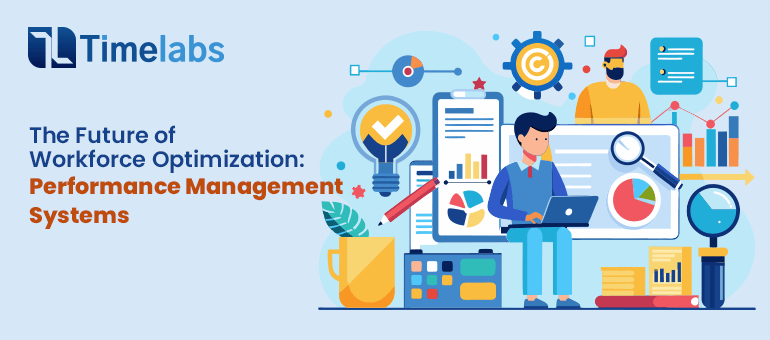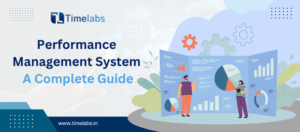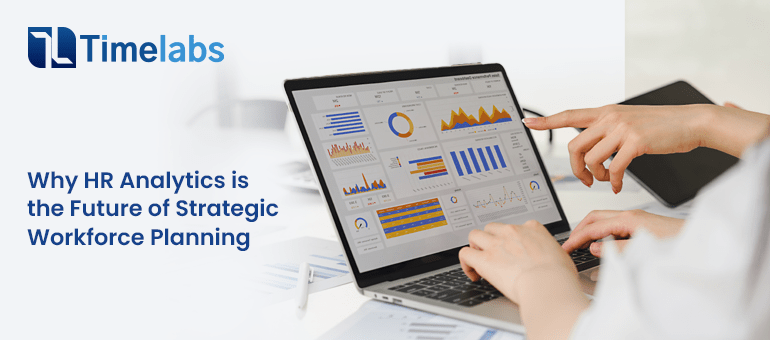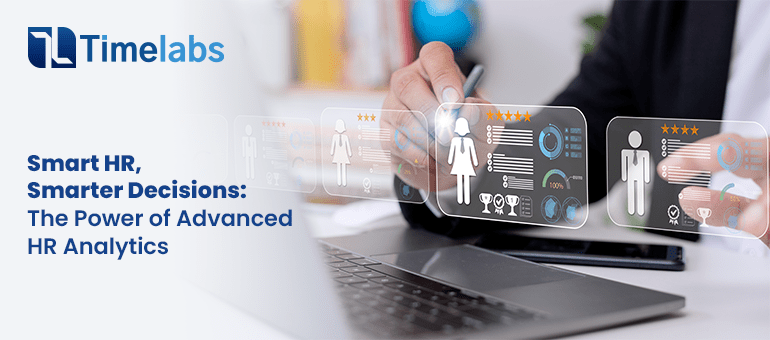In today’s rapidly evolving business landscape, organizations are increasingly recognizing the crucial role of workforce optimization in driving sustainable growth and success. At the heart of this transformation lies the power of performance management systems (PMS), which have emerged as a game-changer in the realm of human resource management.
Workforce optimization is the strategic alignment of an organization’s human capital with its business objectives. It involves the implementation of efficient processes, technologies, and data-driven insights to maximize employee productivity, engagement, and overall organizational performance. By leveraging the capabilities of a robust PMS, companies can unlock the full potential of their workforce and stay ahead of the curve in an increasingly competitive market.
Understanding Performance Management Systems
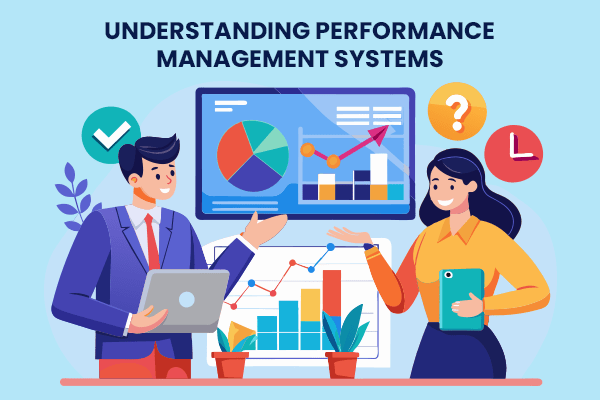
Performance management systems are comprehensive software solutions designed to streamline and enhance the way organizations manage, monitor, and evaluate employee performance. These systems provide a structured framework for setting clear goals, providing continuous feedback, and aligning individual contributions with the organization’s overarching strategic priorities.
A well-designed PMS empowers both employees and managers by fostering a culture of transparency, accountability, and continuous improvement. It enables organizations to track progress, identify areas for development, and make informed decisions regarding talent management, training, and succession planning.
Benefits of Implementing a Performance Management System
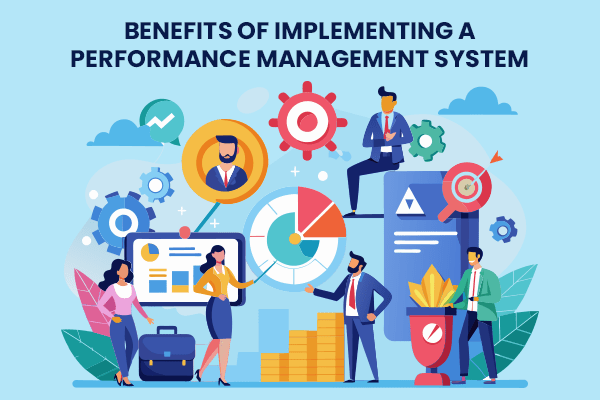
The adoption of a performance management system can yield a multitude of benefits for your organization, including:
- Improved Employee Engagement and Morale: By providing a clear, transparent, and equitable performance evaluation process, a PMS can foster a sense of fairness and empowerment among your employees, leading to increased job satisfaction and motivation.
- Enhanced Productivity and Efficiency: With the ability to set SMART (Specific, Measurable, Achievable, Relevant, and Time-bound) goals, monitor progress, and provide timely feedback, a PMS can help your employees stay focused and aligned with your organization’s objectives, ultimately driving higher productivity and efficiency.
- Effective Talent Management and Development: A PMS enables you to identify high-potential employees, tailor training and development initiatives, and create personalized career growth plans, ensuring that your organization retains and nurtures top talent.
- Informed Decision-Making: The data and insights generated by a PMS can provide valuable information to support your organization’s strategic decision-making process, from workforce planning and resource allocation to compensation and succession planning.
- Improved Organizational Agility: By facilitating continuous performance feedback and adaptation, a PMS can help your organization respond more quickly to changing market conditions, technological advancements, and evolving business requirements.
Key Features and Functionalities of a Performance Management System
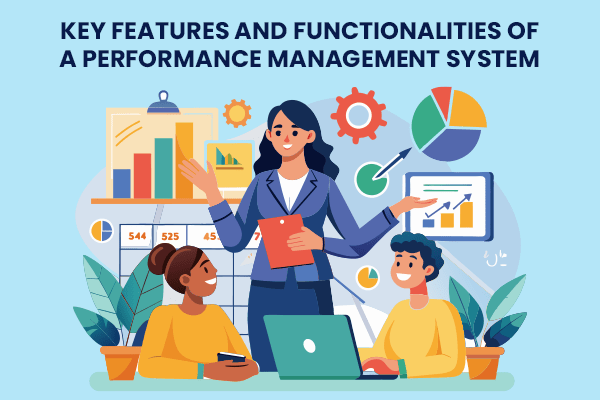
A comprehensive performance management system should offer a range of features and functionalities to support your organization’s workforce optimization efforts. Some of the key components to look for include:
- Goal Setting and Tracking: The ability to set, communicate, and monitor individual, team, and organizational goals, ensuring alignment and accountability.
- Continuous Feedback and Coaching: Tools for managers to provide regular, constructive feedback, and for employees to request and receive coaching and guidance.
- Performance Appraisals and Reviews: Streamlined processes for conducting formal performance evaluations, with customizable templates and workflows.
- Competency and Skill Assessments: Functionality to define, measure, and track employee competencies and skills, supporting targeted development initiatives.
- Learning and Development Integration: Seamless integration with learning management systems (LMS) to facilitate personalized training and upskilling opportunities.
- Reporting and Analytics: Robust reporting capabilities and data-driven insights to support evidence-based decision-making and workforce planning.
- Compensation and Rewards Management: Functionalities to align performance outcomes with compensation, bonuses, and recognition programs.
- Talent Management and Succession Planning: Tools to identify high-potential employees, create career development plans, and manage succession pipelines.
- Mobile Accessibility: Mobile-friendly interfaces and functionalities to enable on-the-go performance management and feedback.
- Customization and Configurability: The ability to tailor the PMS to your organization’s unique processes, workflows, and branding requirements.
Must Read: How Timelabs Streamlines the Entire Recruitment
How Timelabs is Revolutionizing Performance Management
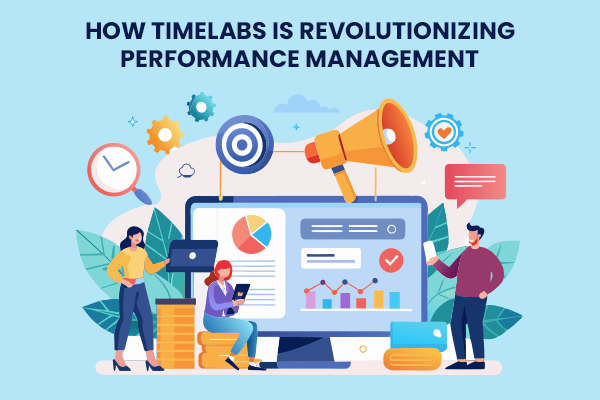
Timelabs, a leading provider of performance management solutions, is at the forefront of transforming the way organizations optimize their workforce. With its innovative and comprehensive PMS in India, Timelabs is redefining the landscape of human resource management.
Timelabs’ performance management system is designed to be a game-changer, offering a seamless integration of advanced features and functionalities that empower organizations to unlock the full potential of their workforce. From intuitive goal-setting and continuous feedback mechanisms to robust reporting and analytics, Timelabs’ PMS is a one-stop solution for your workforce optimization needs.
Why Timelabs is the Best PMS in India
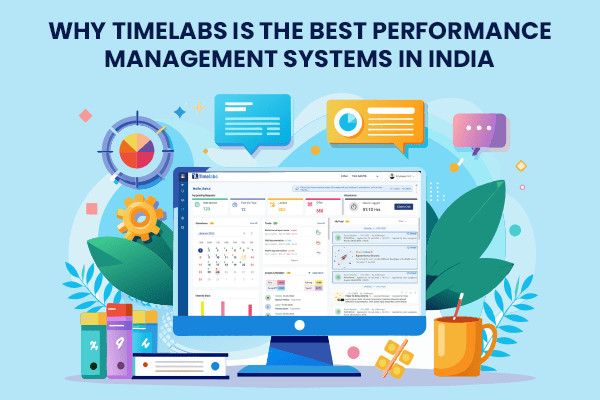
Timelabs’ performance management system stands out in the Indian market for several compelling reasons:
- Customizable and Adaptable: Timelabs’ PMS is highly configurable, allowing you to tailor the system to your organization’s unique processes, workflows, and branding requirements, ensuring seamless integration with your existing HR infrastructure.
- Comprehensive Functionality: Timelabs’ PMS offers a comprehensive suite of features, including goal setting, performance reviews, competency assessments, learning and development integration, and advanced reporting capabilities, all within a single, intuitive platform.
- Seamless Integration with Core HR Software: Timelabs’ PMS seamlessly integrates with leading core HR software solutions, enabling a holistic and streamlined approach to workforce management and optimization.
- Robust Analytics and Insights: Timelabs’ PMS provides robust reporting and analytics capabilities, empowering your organization with data-driven insights to make informed decisions about talent management, training, and succession planning.
- User-Friendly and Mobile-Friendly: Timelabs’ PMS boasts a modern, intuitive user interface that is designed for optimal user experience, with mobile accessibility to support on-the-go performance management and feedback.
- Exceptional Customer Support: Timelabs is renowned for its exceptional customer support, with a team of dedicated professionals who are committed to ensuring the successful implementation and ongoing optimization of your PMS.
Integrating a Performance Management System with Core HR Software

The integration of a performance management system with your organization’s core HR software is a crucial step in achieving a comprehensive and streamlined approach to workforce optimization. By seamlessly connecting your PMS with your HRIS (Human Resource Information System), you can unlock a wealth of benefits, including:
- Centralized Data Management: Integrating your PMS with your core HR software allows for the consolidation of employee data, performance records, and other HR information, creating a single source of truth and streamlining administrative tasks.
- Improved Data Accuracy and Consistency: By eliminating the need for manual data entry and synchronization, the integration of your PMS and HRIS ensures data accuracy and consistency across your HR processes.
- Enhanced Reporting and Analytics: The combined data from your PMS and HRIS enables more comprehensive reporting and analytics, providing a holistic view of your workforce and supporting data-driven decision-making.
- Seamless Talent Management: The integration of your PMS and HRIS facilitates a seamless approach to talent management, from performance evaluation and development to succession planning and compensation management.
- Streamlined Workflows and Efficiency: By automating various HR processes and eliminating data silos, the integration of your PMS and HRIS can significantly improve workflow efficiency and productivity.
The Role of a Performance Management System in HRMS
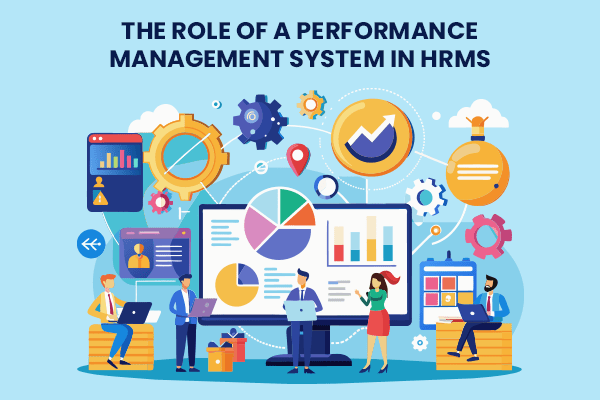
In the context of a comprehensive Human Resource Management System (HRMS), the performance management system plays a crucial role in optimizing workforce performance and aligning individual contributions with organizational goals. Here’s how a PMS can enhance the capabilities of your HRMS:
- Performance Evaluation and Feedback: The PMS module within your HRMS enables a structured, transparent, and equitable process for evaluating employee performance, providing ongoing feedback, and identifying areas for development.
- Goal Setting and Alignment: By integrating the PMS with your HRMS, you can ensure that individual and team goals are clearly defined, communicated, and aligned with the organization’s strategic objectives.
- Competency Management: The PMS component of your HRMS allows you to define, assess, and track employee competencies, supporting targeted training and development initiatives to enhance organizational capabilities.
- Learning and Development Integration: The seamless integration of your PMS and HRIS facilitates the creation and delivery of personalized learning and development programs, empowering employees to grow and excel in their roles.
- Succession Planning and Talent Management: The PMS within your HRMS enables the identification of high-potential employees, the creation of career development plans, and the management of succession pipelines, ensuring the continuity and growth of your organization.
- Compensation and Rewards Alignment: By linking performance outcomes with compensation and rewards, the PMS component of your HRMS can help you create a fair and motivating reward system that drives employee engagement and retention.
- Data-Driven Insights: The robust reporting and analytics capabilities of the PMS within your HRMS provide valuable data-driven insights to support strategic workforce planning, resource allocation, and evidence-based decision-making.
How Performance Management Systems Contribute to Learning and Development Solutions
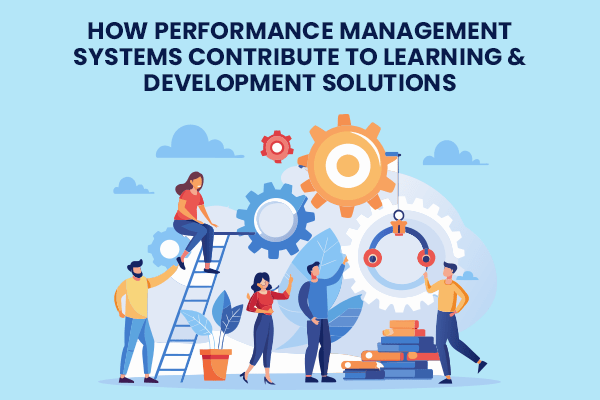
Performance management systems play a crucial role in supporting and enhancing an organization’s learning and development (L&D) initiatives. By seamlessly integrating with L&D solutions, a PMS can contribute to the overall effectiveness and impact of your workforce optimization efforts in the following ways:
- Personalized Training and Development: The PMS’s ability to identify skill gaps, assess competencies, and track employee performance can inform the creation of personalized training and development programs, ensuring that employees receive the right support to grow and excel in their roles.
- Continuous Learning and Feedback: The PMS’s continuous feedback and coaching mechanisms can reinforce the importance of ongoing learning and development, fostering a culture of continuous improvement and self-directed learning among your employees.
- Alignment with Business Objectives: By aligning individual and team goals with the organization’s strategic priorities, the PMS can help ensure that learning and development initiatives are directly linked to the achievement of business objectives, maximizing their impact and relevance.
- Career Development and Succession Planning: The PMS’s talent management and succession planning capabilities can identify high-potential employees and create personalized career development plans, supporting the growth and retention of your organization’s top talent.
- Data-Driven Decisions: The PMS’s robust reporting and analytics capabilities can provide valuable insights into the effectiveness and impact of your L&D programs, enabling data-driven decisions to optimize your workforce development initiatives.
- Improved Employee Engagement: By empowering employees through personalized development opportunities and a transparent performance management process, the PMS can contribute to increased employee engagement, motivation, and job satisfaction.
Conclusion
In the ever-evolving landscape of business, the strategic implementation of a performance management system has become a crucial component of workforce optimization. By leveraging the capabilities of a comprehensive PMS like Timelabs, organizations can unlock the full potential of their human capital, drive sustainable growth, and stay ahead of the competition.
Discover how Timelabs’ innovative performance management system can revolutionize your workforce optimization strategy. Schedule a demo today and unlock the future of workforce management.
